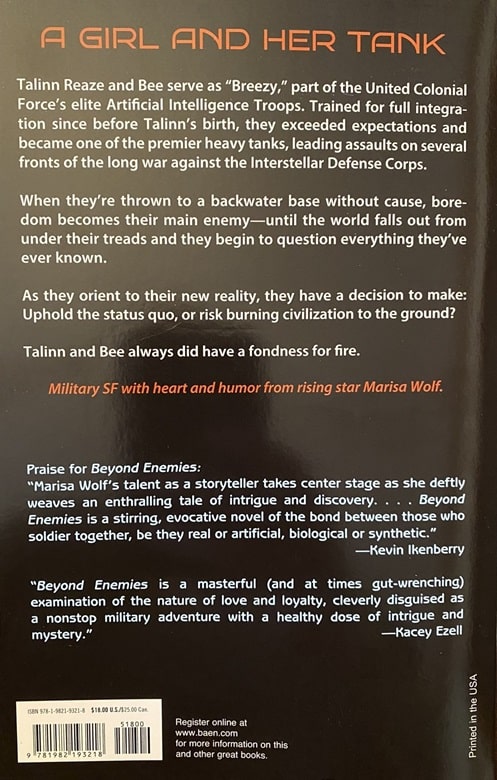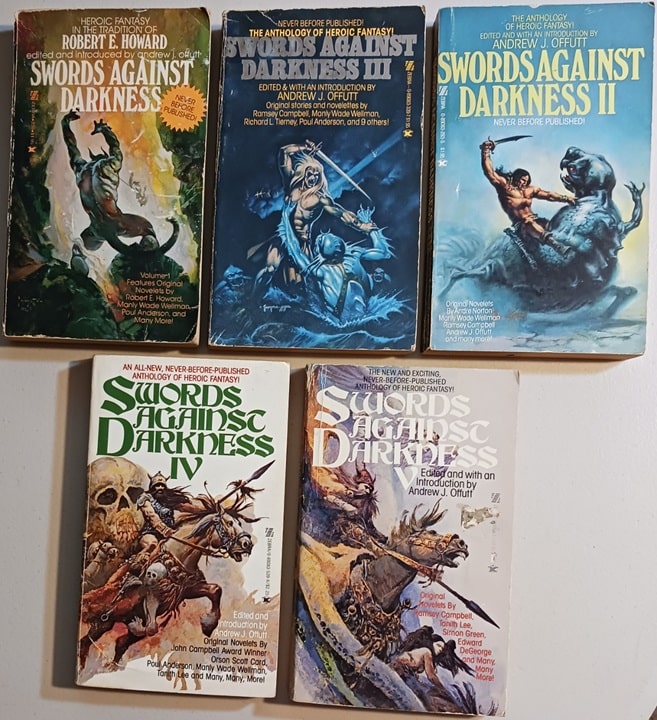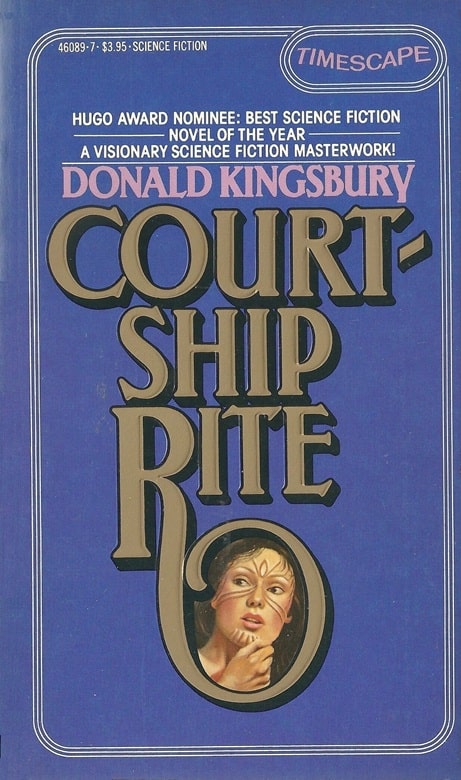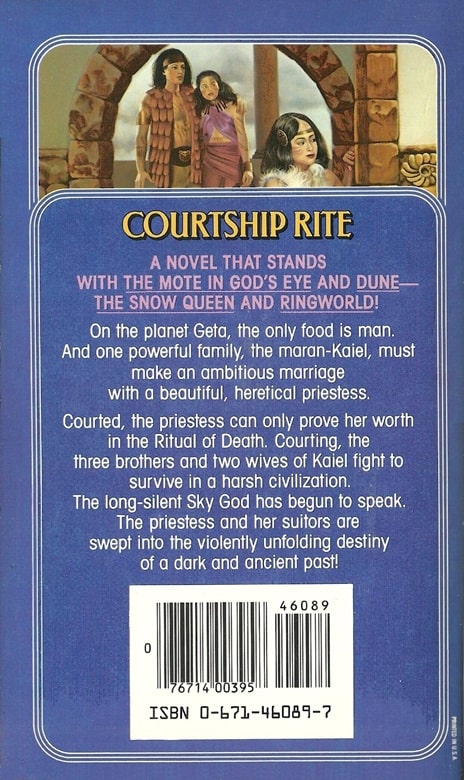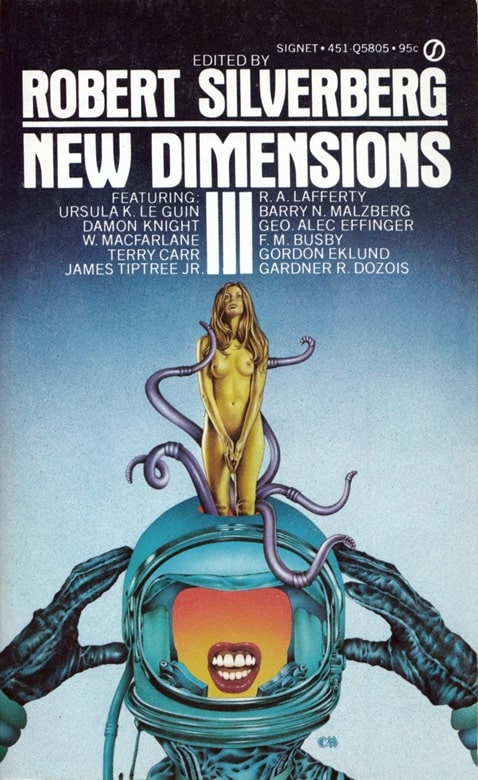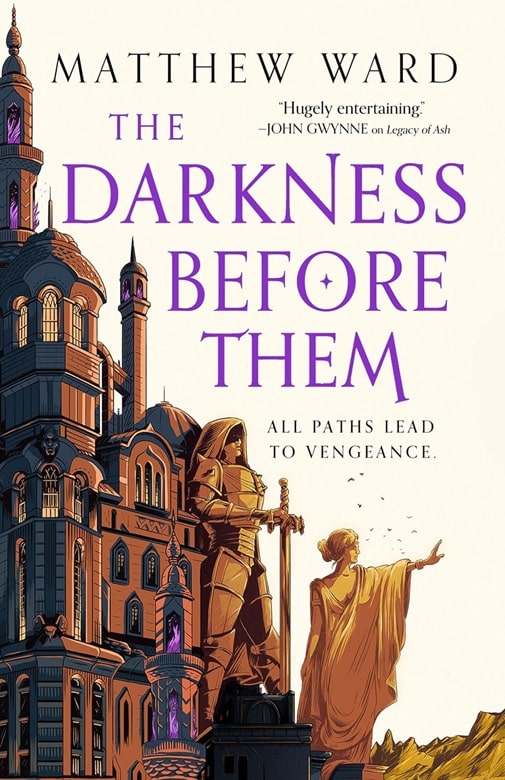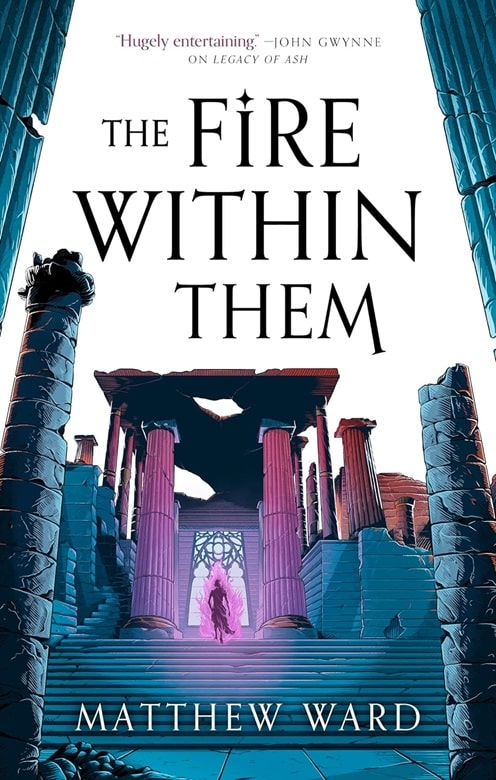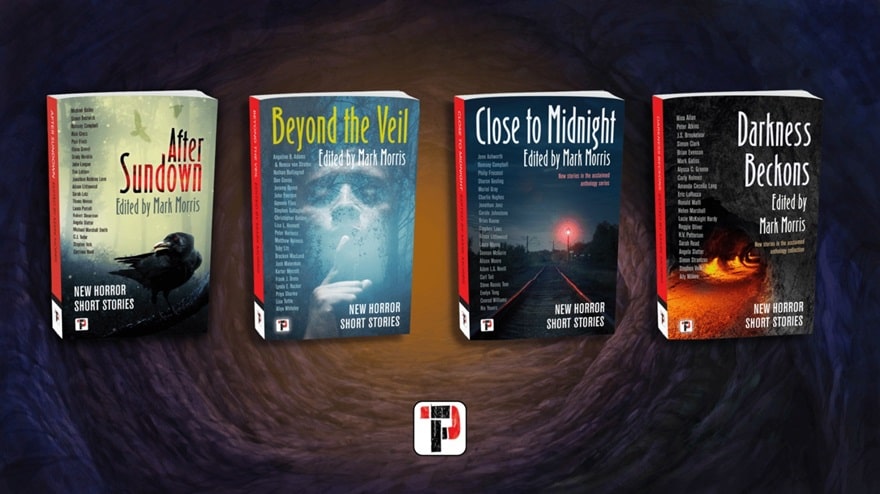A Sure Guide in a Troubled Time: Criswell Predicts
You don’t need me to tell you that we live in uncertain, unsettled times. (Obviously, that’s not going to stop me from telling you anyway.) Misinformation, disinformation, fake news, biased spins, conspiracy theories, baseless rumors, incendiary knee-jerk tweets disseminated, re-tweeted to further inflame millions, and then deleted in the space of a couple of hours… none of these seem to be affected by labor shortages or supply-chain problems, more’s the pity. The shelves are always fully stocked with this kind of crap.
Thus, the key question of our era seems to be, where can wisdom be found? Is there, anywhere, an infallible guide to light our way through the daily round of bafflement and perplexity that is apparently our permanent lot? Who, in God’s eternal name, who can I trust?! Well, my friends, I’m here to tell you the good news — there is someone you can trust. And who might that be, you ask?
Criswell, that’s who.


